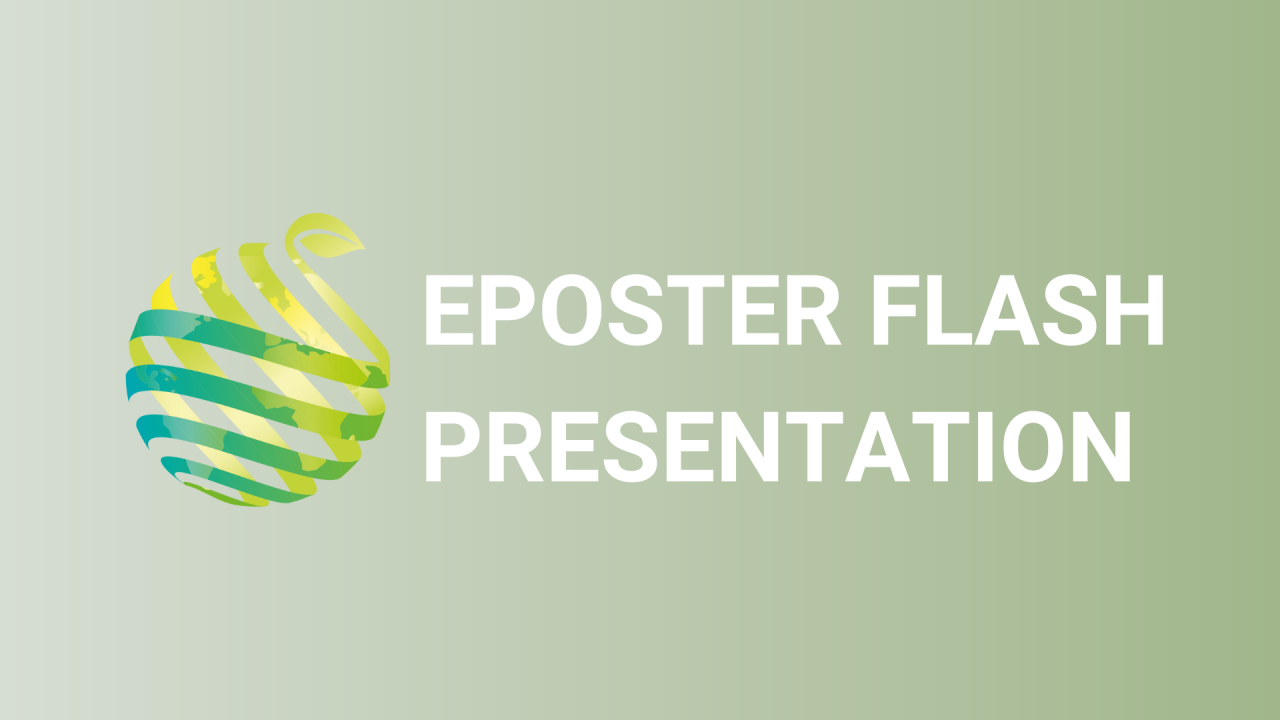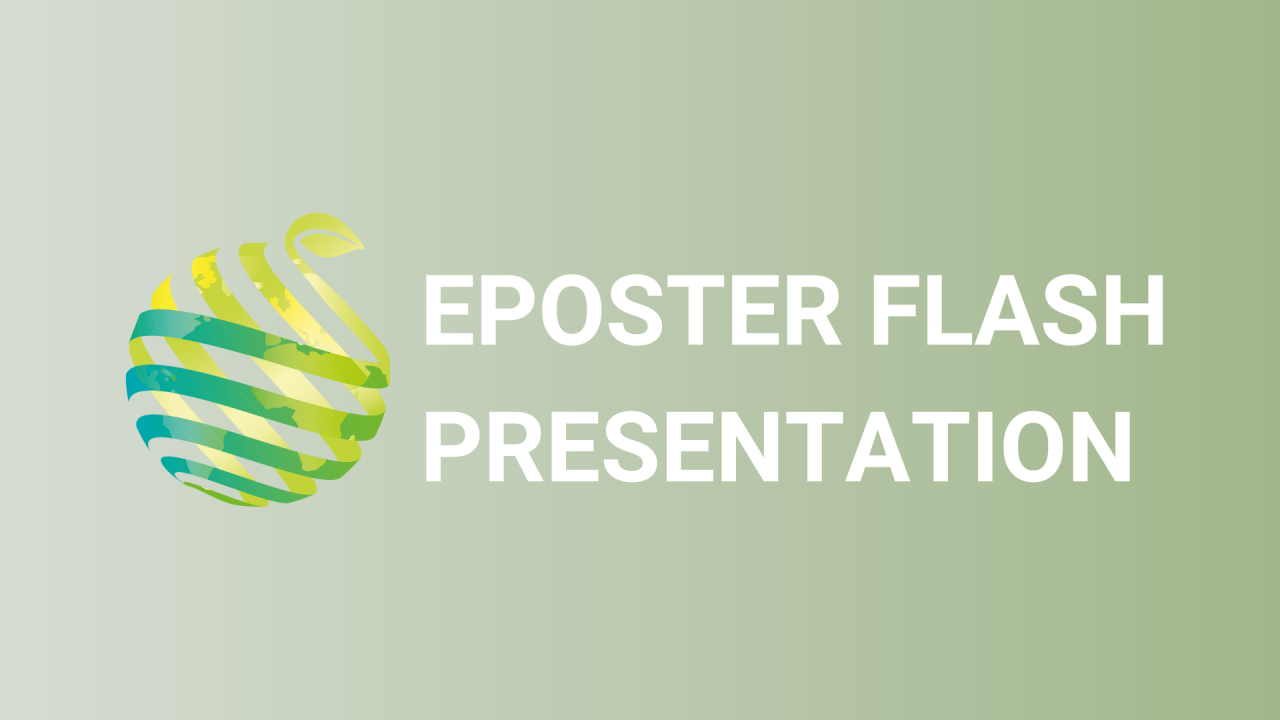

S06 - Session P8 - Passive pH management: MES buffer molarity effects on hydroponically grown lettuce
Information
Authors: Gediminas Kudirka *, Akvile Virsile, Lina Rageliene
Plant mineral nutrition effectiveness is directly linked to pH of nutrient solution. Due to low initial buffer capacity of the nutrient solution, pH fluctuation easily occurs as cations/anions are absorbed form it. Optimal pH interval (5.5 n 6.5) for hydroponics lettuce growth is commonly maintained actively with acid/base titration, alternatively pH management can be done passively using buffering agents. In this study green lettuce ( Lactuca sativa L. cv. Hugin) was cultivated in walk-in controlled environment growth chamber in deep water culture (DWC) hydroponic systems. Initial buffer capacity of commercial liquid hydroponic fertilizer was increased with an additive of different molarity MES (2-(N-morpholino)ethanesulphonic acid) concentration for pH stabilization, respectively 0mM (control, no additional zwitterionic buffer), 1 mM, 3mM, 5mM. The photoperiod was 16h, day/night temperature 21/17°C, and total PPFD of 250 µmol m -2 s -1 was maintained. Our objective was to empirically evaluate nutrient solution initial buffer capacity increase in MES buffer and residual buffer capacity value after growth using titration curves form acid/base titration, as well as appraise pH stabilisation agent concentration impact on lettuce photosynthesis, metabolic activity, antioxidant response and mineral nutrition. Nutrient initial buffer capacity increment with 3mM MES buffer resulted in higher biomass (38.67+-4.74 g) compared with the control (32.77+-2.95 g), thus resulted in 17.99 % yield increase. Plant physiological response to increased nutrient solution salinity, ion or/and compound toxicity may occur because of addition of additional buffering agents ,therefore, plant reaction to nutrient solution additional components limits maximum buffer capacity which could be reached for passive pH management. Hence, lettuce response to 1mM, 3mM, 5mM zwitterionic MES buffer concentration influence on plant growth in certain hydroponic conditions will be further investigated.